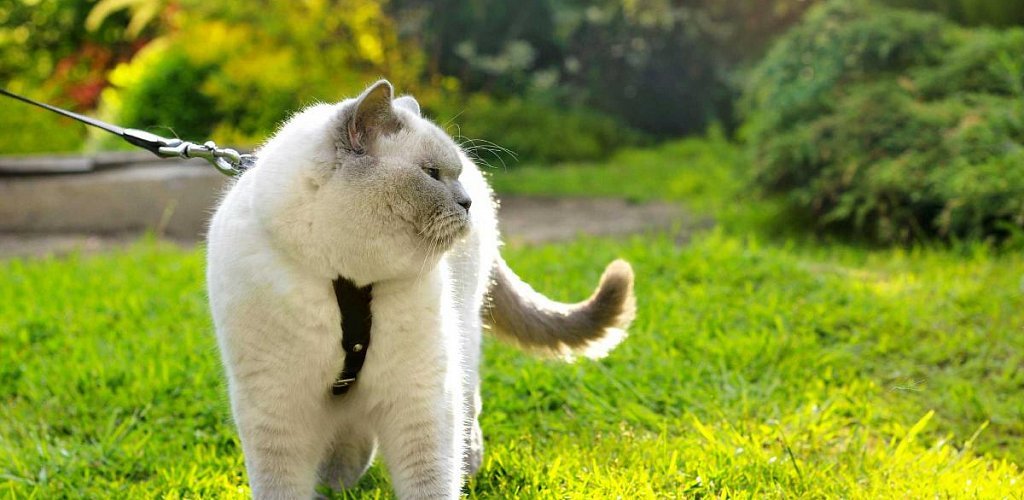Basics of raising cats and cats

Many people want to have their favorite animals and take care of them. But before you get a cat or a cat, you need to learn more about his character, habits, in order not to regret your decision in the future. It is important to know that each breed of cat differs in its characteristic behavior, which will be influenced by its pedigree. The owners of animals always monitor not only the breeding of what color the kitten will be, but also devote time to the educational activities of their pets.
Breed Features
It is necessary to find out which breed of cat is suitable for the family. There are many such breeds that live in families, but each has its own character trait. For example, sphinxes are very affectionate with their owners and loneliness is not acceptable for them. British and Scottish fold cats are very calm cats. They have amazing patience. Neva masquerade cats and Maine Coons are distinguished by tenderness and devotion to their owners. If you like playful cats, then the Abyssinian cat or orientals will do. They have inherent independence.
It is also possible to recognize the cat's character traits by coloring. For example, if a purebred cat is black, then they are mostly proud and independent by nature, and the peculiarity of red cats is that they are gentle to their owners and always delight with their presence and communication. When choosing a kitten, it is necessary to remember about the peculiarities of its breed and take into account the temper of the selected animal. You need to see how the kitten plays, how it behaves in the presence of people.
Raising or training a pedigreed cat
Some people think that training means forcing. This is a misunderstanding. You can't force a cat. The cat lives by itself. It is necessary to study the characteristics of the cat, because each has its own. It is necessary to encourage the pet – and the educational processes will turn out. Some cats are easy to train, and some are stubborn. Every cat has its own natural abilities. They can be revealed when you carefully observe a pet. For example, a Maine coon or a sphinx can easily be taught to be affectionate with children and respond to a nickname. They willingly perform simple tasks. What can not be said about the Persians and exotics. They are difficult to educate and train, as these animals are distinguished by their wayward nature and stubbornness.
After you have chosen and brought home your beloved pet, you must immediately begin educational activities. But it is important to know that the temper of a kitten can get both better and worse. It will depend on the treatment of the animal.
First of all, you need to give a name to your pet. In order for the kitten to understand that his name is, it is necessary to call him by name more often. It is necessary to pronounce the baby's nickname in a soft, affectionate tone, so that he remembers the intonation, and not just the sounds themselves. When the baby came up, after he was called, be sure to encourage a delicious treat. This approach will appeal to the pet, and he will willingly respond to the call. When he does it well, instead of a treat, you can gently stroke and praise the kitten.
Raising a pet involves not only teaching it to respond to a nickname, but also punishments are needed when an animal does something wrong. Screaming will not help and in no case should you beat the animal, as it may hate the owner and become embittered. Then the peace in the house will be broken. Such sounds as hissing will be understandable for a cat. It is important to know that punishing, as well as praising a pet, is necessary immediately after the deed. Because otherwise the animal will not understand why it is being punished. But what to do if the pet left a puddle where it shouldn't? It would be inefficient and unwise to push the animal's nose into this puddle. And if the character of the pet is characterized by stubbornness, it will generally outrage him. Be sure to wash the floor where there was a puddle, and something needs to be put in that place so that such sabotage does not happen again. To teach a pet to use a toilet tray for its intended purpose, it should first be put on this tray more often, gently talk to it and stroke it. It may even be necessary to show a few movements, how cats dig a hole. And these reflexes will definitely be developed by the pet. It will be better to take the kitten to the tray after he has eaten. And so every time until the kitten itself goes to the toilet. But at first, after each independent visit to the toilet, the pet needs to be praised and gently stroked, you can even reward it with something delicious. But if efforts are still not rewarded, be patient and observant. Maybe the pet doesn't like the place or something is bothering him. It is necessary that the tray does not stand in a prominent place, it is better to choose a more secluded place, but that access to the tray is free.
Such methods of education are very simple and elementary. Especially when the love for a pet overwhelms the heart.